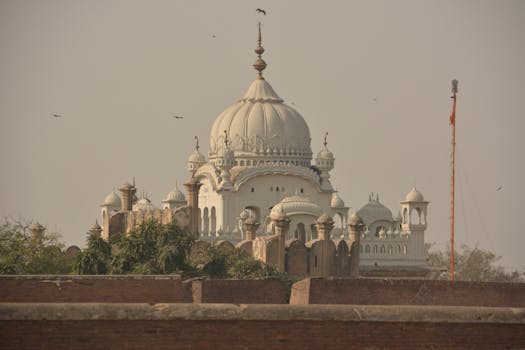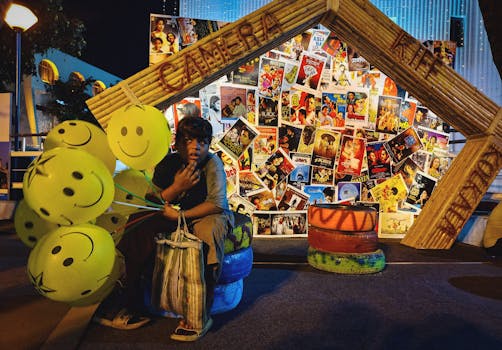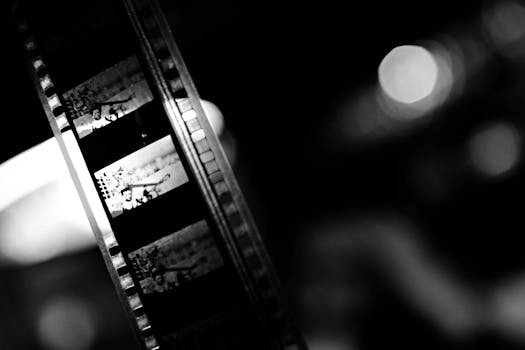When Art Meets Allegiance: The Unfolding Drama in Punjabi Cinema
-
 Chief Editor
Chief Editor - 27 Jun, 2025

The stage was set, the anticipation palpable. Daljit Dosanjh, a name synonymous with chart-topping hits and charismatic screen presence in Punjabi cinema, was poised for another major release. Yet, what followed was less a celebration of art and more a stark reflection of India’s simmering socio political landscape. His latest movie found itself entangled in a web of controversy, becoming, as many observed, a direct victim of a boycott from a significant segment of the Bollywood movie fraternity. This wasn’t a mere commercial mishap; it was a deeply charged response, rooted in specific and, from the boycotting faction’s perspective, justified reasons that transcended typical artistic critiques.
At the heart of this storm lay a production choice that, in hindsight, appeared either remarkably naive or deliberately provocative: the decision by Daljit’s producers to cast a Pakistani actress.
In a climate where cross border tensions frequently spill into cultural exchanges, such a move immediately raises red flags for a film aspiring for broad acceptance and a smooth release in the vast Indian market. One must question the producers’ priorities: if their genuine intent was to maximize reach and success in India, why would they make a choice so prone to eliciting a strong, negative public sentiment? This decision, for many, signaled a profound disregard for prevailing socio political sensitivities, a miscalculation that inevitably impacted the film’s commercial viability and its overall reception among Indian audiences.
But the controversy surrounding Daljit Dosanjh’s film runs deeper than just casting choices. It has inevitably shone a harsh spotlight on the artist himself, particularly his alleged sympathies towards Khalistani elements. This is not a new accusation; whispers and outright criticisms regarding his stance have circulated for some time within certain circles.
What makes this aspect particularly unsettling is the observation that many individuals like him within the Punjabi entertainment sphere do not perceive anything wrong with such affiliations. This perspective, seemingly benign to its proponents, is profoundly concerning given the tumultuous historical context and the enduring sensitivities surrounding the Khalistan movement in India.

To understand the weight of this concern, one must briefly recall the painful history of the Khalistan movement – a separatist Sikh movement seeking to create an independent state of Khalistan in Punjab. Born out of complex political, economic, and religious factors in the mid 20th century, it tragically escalated into a violent insurgency in the late 1970s and 80s, claiming thousands of innocent lives and deeply scarring the national psyche. The memory of this period, marked by extremism and communal strife, remains raw for many Indians. Thus, any public figure, especially one with significant cultural influence, appearing to harbor sympathies for a movement associated with such a divisive and violent past inevitably triggers alarm bells, raising questions about their allegiance to the Indian Union.
This alleged disconnect from mainstream Indian nationalism among certain contemporary Punjabi artists is perhaps the most poignant and sad observation. There is a palpable sense of dismay that a whole new generation of Punjabi singers seems to be increasingly influenced by overseas Khalistani factions. These diaspora based groups, often removed from the ground realities and complexities of Punjab within India, frequently perpetuate narratives that are at odds with the unity and integrity of the Indian nation state.
What is particularly striking is the perceived divergence from the past: unlike their forefathers, who were widely regarded as fierce nationalists and viewed India through a unified, patriotic lens, this new guard, in the eyes of many, appears to lack a patriotic bone. Instead, they are seen to perceive everything primarily through a religious lens, rather than a broader national or secular one.
This shift among influential cultural figures poses profound questions about national identity and unity within the region. How does a society reconcile artistic expression with deeply held national sentiments? What responsibilities do artists, with their immense reach and power to shape narratives, bear in upholding national unity, especially in a diverse and historically complex nation like India?
This is not merely a debate about creative freedom; it delves into the very essence of what it means to be an Indian, and how differing interpretations of identity can clash in the public sphere. Social media, in particular, acts as a powerful amplifier, transforming nuanced disagreements into polarized binaries, leaving little room for dialogue or understanding.

The role of art and artists in shaping public opinion and national narratives cannot be overstated.
From folk songs that inspired nationalist movements to Bollywood films that celebrated India’s diversity, cultural figures have historically played a crucial role in binding the nation together. When a segment of this influential community appears to drift towards divisive ideologies, it sends ripples of concern through the entire social fabric.
Navigating this intricate intersection of art, politics, and patriotism presents a formidable challenge for India. While upholding freedom of expression is a cornerstone of any democratic society, the line where such expression potentially undermines national integrity or incites division remains a contentious and hotly debated topic.
The current controversy surrounding Daljit Dosanjh’s film is more than just a passing news cycle; it is a symptom of deeper ideological currents at play. It compels us to ask: Can entertainment truly be divorced from its societal impact? What responsibility do artists bear beyond their craft? And how can a nation ensure its unity when powerful cultural voices appear to speak from a fragmented understanding of its past and present?
Ultimately, the Daljit Dosanjh episode serves as a powerful, albeit painful, reminder of the delicate balance that must be maintained in a diverse democracy like India. It underscores the continuous need for dialogue, for historical understanding, and for a commitment to a shared national narrative that transcends narrow religious or regional identities. The future of Indian art, and indeed the nation itself, hinges on how these complex allegiances are navigated, understood, and ultimately, unified. The spotlight is now on; what happens next will shape not just the entertainment landscape, but perhaps the very definition of patriotism in contemporary India.